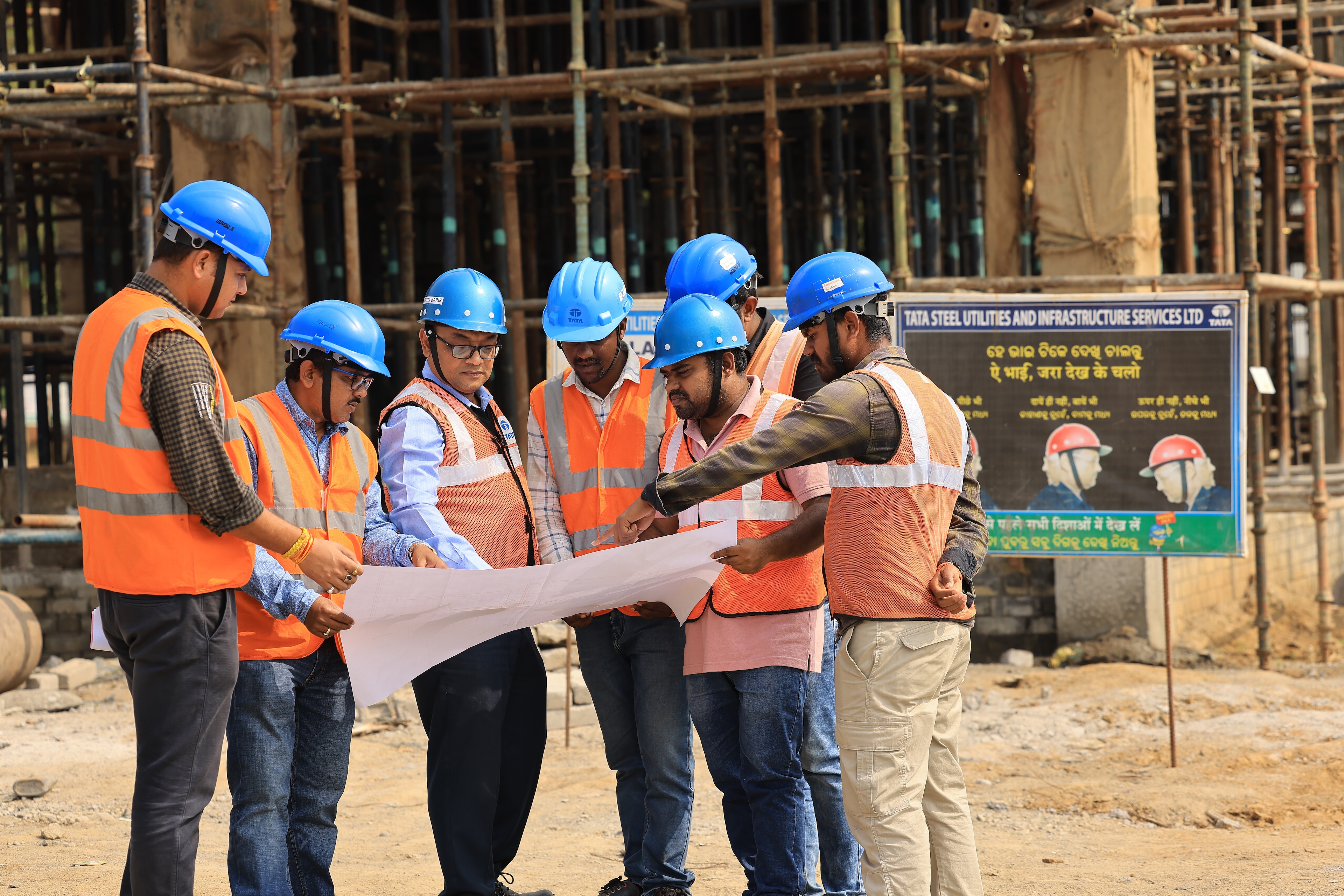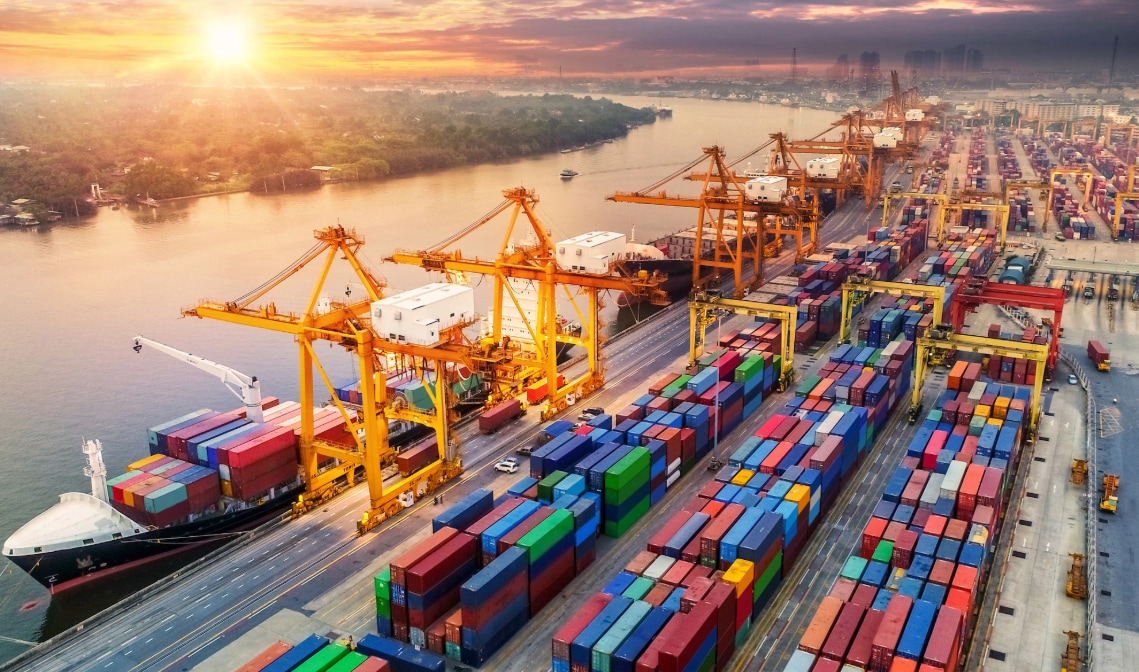How the AfCFTA and WTO can work towards sustainable investment in Africa

AfCFTA and WTO initiatives can help boost investment in Africa
Image: Sophie Pascarella de Klerk/Unsplash
- The gap between investment flows to countries in Africa and the rest of the developing world has widened in recent decades.
- The African Continental Free Trade Area's Protocol on Investment and the World Trade Organization's Investment Facilitation for Development promise to reshape the way nations engage in investment.
- By fostering a collaborative framework that leverages the strengths of both agreements, stakeholders can drive more effective and efficient investment.
In today's interconnected world, international trade and investment can play a pivotal role in driving economic growth and prosperity.
Amidst this landscape, two essential agreements have emerged on to the global stage, promising to reshape the way nations engage in investment activities: the African Continental Free Trade Area's (AfCFTA) Protocol on Investment and the World Trade Organization's (WTO) Investment Facilitation for Development (WTO IFD). These agreements may appear complex but, if implemented, their potential to foster economic development, encourage sustainable foreign investment and create new opportunities for the African continent can transform the international investment landscape.
With a shared objective to make investments more sustainable, efficient and attractive, the AfCFTA adopted the Protocol on Investment earlier in 2023. It is in line with its aims to create a single market through intra-African progressive trade liberalisation and, in turn, improve the business environment for Africa. The investment protocol is targeted at the promotion, facilitation and protection of intra-African investments. It also places emphasis on sustainable investment by outlining some obligations on investors towards the host economies.
In July 2023, members of the WTO in Geneva announced the conclusion of negotiations on an Investment Facilitation for Development Agreement after four years of intense discussions. Negotiators say this agreement can provide a mechanism to streamline investment processes and unlock opportunities for economic development. It aims to remove bureaucratic hurdles, reduce red tape and facilitate a smoother path for foreign investment flows in emerging economies by "fostering transparency, accountability and good governance in investment procedures."
Africa needs to facilitate investment
The two agreements are coming at a critical time in Africa’s development trajectory, with the continent needing additional financing of about $194 billion annually to achieve its Sustainable Development Goals by 2030. The gap between investment flows to countries in Africa and the rest of the developing world has widened over the last few decades. Foreign Direct Investment (FDI) can bring in capital investment and knowledge transfer from skilled African investors and foreign investors. The imperative for more effective approaches to investment facilitation in Africa is high, but it requires capital investment, as well as technology and know-how.

So, how can these two agreements work together? A review of both instruments shows clear intersections in their mandates. One thing shared by both agreements is the emphasis on sustainable investment or, in other words, investment that contributes to sustainable development objectives, such as environmental protection, economic growth and job creation. While the WTO’s IFD focuses on investment facilitation, however, the AfCFTA’s Investment Protocol takes things several steps further by including elements such as investment promotion and protection.
Both instruments also aim to work for similar economies. The WTO’s IFD is aimed at helping developing countries achieve their development goals, many of which are in Africa. At the moment, 22 African countries are members of the IFD agreement and the aim is to welcome additional countries whenever they are ready to join.

Both instruments are seen as catalysts for sustainable business expansion, job creation and the forging of new economic partnerships and both have garnered support from global investors.
How is the World Economic Forum ensuring sustainable global markets?
The AfCFTA and WTO initiatives can work together
Given that the implementation of both agreements will have to be backed by substantial resources, it makes sense that stakeholders ensure that these resources are efficiently used by creating synergies in their efforts. In other words, both instruments can work together for maximum impact. There are several ways that this can happen.
To begin with, both instruments will require a needs assessment to be carried out to determine the gaps that need to be addressed in each country. Needs assessments are the first step towards taking an agreement from paper to practice. Collaboration on the design, resourcing and execution of needs assessments will ensure that the outcome serves both the AfCFTA’s investment protocol and the WTO’s IFD.
Needs assessments can be resource-intensive and time-consuming activities and this reality warrants joint action between beneficiary countries, donors and international organizations on their implementation. Now is the perfect time for donors and international stakeholders to step up their support and provide the resources and expertise necessary to accelerate the implementation of these transformative agreements and drive sustainable economic growth across Africa.
Secondly, capacity building is at the heart of both agreements and this provides another opportunity for collaboration. Such collaboration can lead to the sharing of expertise and best practices, enriching the capacity-building initiatives of the AfCFTA and the WTO. By synergising their capacity-building endeavours, the AfCFTA and the WTO can foster a conducive environment for sustainable investment, which is pivotal for economic growth and development across the African continent.
Thirdly, the difference in scope between the two instruments provides another opportunity for synergy. The WTO’s IFD focuses more broadly on global FDI flows, while the AfCFTA’s investment protocol focuses primarily on intra-African investment. The differences in scope are complementary as the AfCFTA can continue where the IFD ends. In other words, reform efforts directed at easing intra-African investment flows can be extended to cover extra-African investment flows through the IFD. The IFD can provide minimum investment facilitation standards that can help accelerate investment from within and outside the continent for sustainable development.
Recognizing the need to align with SDGs
The emphasis on sustainable development contained in both instruments is a reflection of the urgency of better-aligning investment flows with development goals. It is generally understood that the economic, social and environmental impacts of FDI need to be taken into consideration to ensure it contributes to the SDGs. The AfCFTA’s investment protocol takes a more expansive approach to this with more detailed obligations placed on the prospective and existing investors. The level of detail contained in the AfCFTA’s protocol can serve as a guide and framework for other agreements. The lessons that will be learned from the implementation of each instrument will also be extremely useful to the implementation of the other, providing scope for mutual learning.
In closing, the potential for synergy between the AfCFTA's investment protocol and the WTO's IFD offers a promising avenue towards catalysing sustainable investment in Africa. Both instruments can independently contribute to sustainable investment facilitation, but a coordinated approach to needs assessments, capacity building and utilizing their synergies in sustainable investment can significantly amplify their impact.
By fostering a collaborative framework that leverages the strengths of both agreements, stakeholders can drive a more effective and efficient investment facilitation process. The road ahead beckons for a concerted effort from all involved parties to explore and harness the collaborative potential inherent in the AfCFTA and WTO's IFD, setting a better foundation for sustainable investment that can propel Africa towards greater economic prosperity.
Accept our marketing cookies to access this content.
These cookies are currently disabled in your browser.
Don't miss any update on this topic
Create a free account and access your personalized content collection with our latest publications and analyses.
License and Republishing
World Economic Forum articles may be republished in accordance with the Creative Commons Attribution-NonCommercial-NoDerivatives 4.0 International Public License, and in accordance with our Terms of Use.
The views expressed in this article are those of the author alone and not the World Economic Forum.
Forum Stories newsletter
Bringing you weekly curated insights and analysis on the global issues that matter.
More on BusinessSee all
Anil Gupta and Wang Haiyan
July 25, 2025
Elena Raevskikh and Giovanna Di Mauro
July 23, 2025
Manikanta Naik and Murali Subramanian
July 23, 2025
Stephanie Dunn and Firuze Alpaydin
July 22, 2025
Goodness Esom
July 18, 2025
Juan Caballero and Ana Sampaio
July 18, 2025





